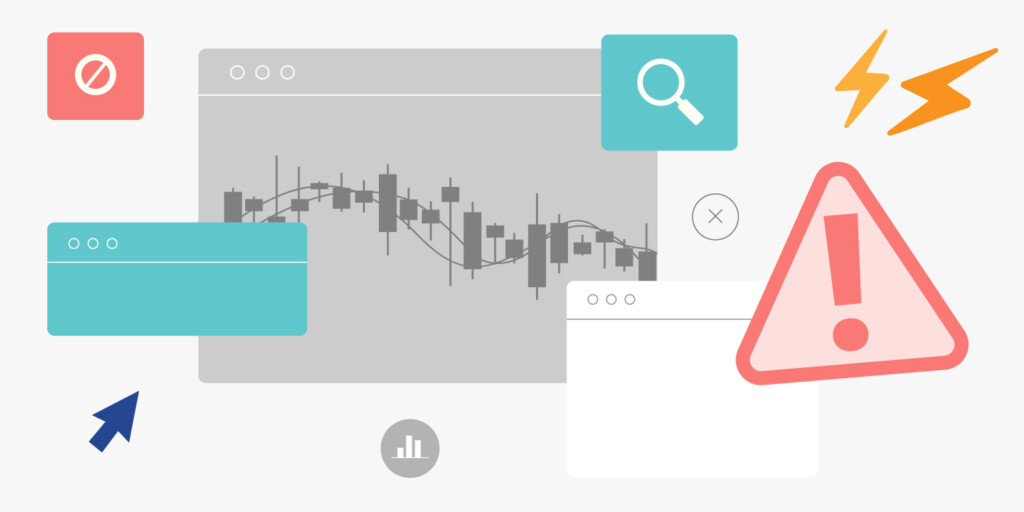

Stock investment is mostly based on a company’s financial health. To know whether a company’s stocks will rise, investors do a comprehensive analysis of numerous metrics presented in earnings reports. The earnings-per-share metric is one of them. Read on to learn how to build an investment strategy on this metric.
Earnings momentum strategy: terms you need to know

Could you imagine that the stock market has existed for over 400 years? Over the years, investors have determined that September is the worst month for stocks. However, it’s just an assumption. It’s better to follow good strategies (such as earnings momentum) than to blindly follow assumptions.
Earnings momentum is a long-term approach that assumes price volatility. Earnings momentum is based on a company’s earnings reports. Such reports are released quarterly and annually. Therefore, investors have at least three months to put their money in a company’s shares.
An earnings report includes numerous metrics that reflect a company’s current financial conditions. However, the strategy is based only on one of them — earnings per share.
Earnings-per-share (EPS) serves as a measure of a company’s profitability. It’s calculated by dividing a company’s profit by its number of shares. For instance, if a company’s earnings equal $10 million, and the company has 5 million common shares, then earnings-per-share equals $2. EPS in its turn depends on the earning value and the number of outstanding common shares.
- A company’s earnings are a metric that reflects its net income, that is, income after taxes.
- The number of outstanding common shares reflects the number available for investors and company executives. It constantly changes. There will be more stocks for several reasons, including an additional sale, a stock split, and a redemption of employees’ stock options. The number may decline if a company buys back its shares or completes a reverse stock split.
Both earnings data and the number of outstanding common shares can be found in a company’s earnings report.
Earnings-momentum strategy: idea

The strategy is based on a comparison of current and previous EPS values. If the EPS grows, investors consider it to be a buy sign. If the EPS declines, investors prefer to avoid such stocks.
Let’s take the same example. The company’s earnings grew to $15 million in the second quarter from $10 million. The firm still has 5 million common shares. Then earnings-per-share equals $3 compared to the first quarter’s $2. It’s 50% growth. Investors consider it a buy signal and invest in the company’s stocks.
Vice versa, if a company’s earnings decline to $5 million in the second quarter, and the number of shares remains the same, the EPS will fall to $1. It’s a 50% plunge. Investors wouldn’t consider such stocks for their investment portfolio.
How to choose stocks
There are several points investors consider.
Terms
Investors can compare data on a quarter-on-quarter and year-on-year basis.
- Quarter-on-quarter (QOQ) relates to a technique measuring a change in a metric between two or more fiscal quarters.
- Year-on-year (YOY) is a measuring approach used to compare data on an annualized basis — for instance, data for the second quarter of 2022 to data for the second quarter of 2021.
Earnings results
- Historic growth. Investors buy stocks if the EPS value is above the industry average for a prolonged period. The period may vary from two to several quarters or years, depending on the strategy.
- Above expectations. Individual investors always check analysts’ forecasts ahead of the earnings release and buy stocks if the actual data is better than forecasts.
- Better future. If analysts predict earnings will rise in the long run, it’s a good sign to buy shares.

When doesn’t the strategy work?

As with any other strategy, the earnings-momentum approach may fail. It happens because the strategy is based on investor expectations. There are common rules for how the market is supposed to react to specific events. However, in some cases, the market doesn’t follow expectations.
These are the reasons why the earnings-momentum strategy may fail:
- Data is priced in. If actual data match a market’s expectations, a stock price may remain the same because its rise/fall is already included in the rate.
- Growth declines. The growth in EPS is smaller than before. It’s a sign to sell stocks.
- Growth is unsustainable. If investors consider the current increase in EPS unsustainable, they prefer avoiding such stocks or even selling them.
Takeaway
Earnings momentum is a long-term strategy that implies stock price fluctuations. You shouldn’t worry if stocks decline after you buy them. However, the system has several pitfalls you should consider before choosing stocks.








